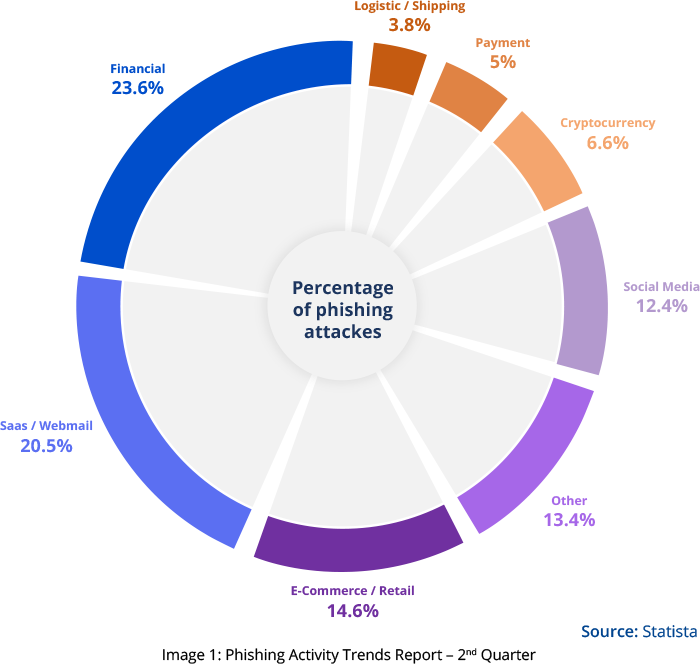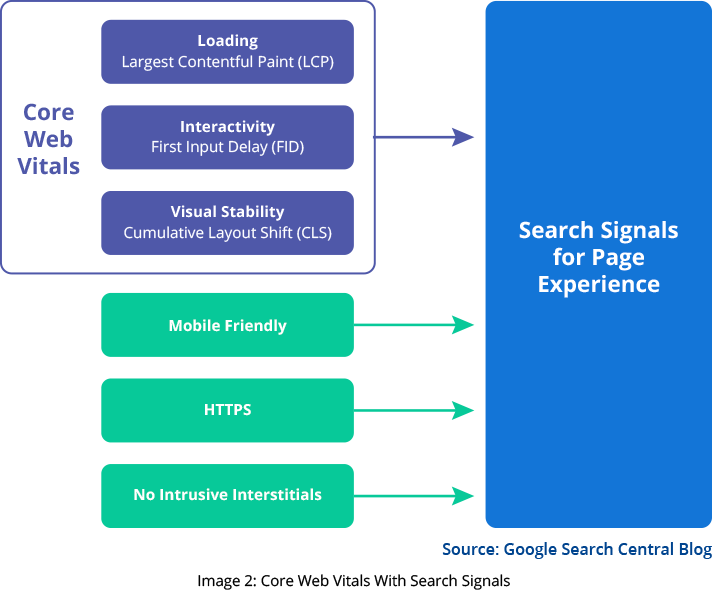Holidays are a great chance to exponentially increase sales in just a few weeks. Let’s ensure that your e-commerce application is ready to take on all holiday-spending while ensuring data integrity and maintaining high availability.
According to Deloitte's annual holiday retail forecast, holiday retail sales are likely to increase by 4% to 6% in 2022. The sales are expected to reach $1.45 to $1.47 trillion between November 2022 and January 2023.
While retailers are busy handling the seasonal customer boost, it’s vital to ensure high availability and data integrity. Here are some ways you may test your e-commerce application to ensure it delivers smooth experience to the holiday spenders:
Systematic Functional Testing Covers the Foundations
The importance of domain knowledge in retail and e-commerce applications cannot be understated considering the multiplicity of interacting systems. Every function must work smoothly, since even a small bug can get public attention on social media within seconds. This is the time when even seemingly insignificant features like a broken hyperlink to subscribe to newsletters or a popup asking for feedback within seconds of visiting the website may become a matter of big concern. It’s essential to freeze the code well in advance and introduce customization changes only when needed.
Ensure to focus on the end-to-end experience. Pay attention to new user registrations where they are searching for specific products. Make relevant product recommendations that swiftly lead them to payment options. Make sure that customers have enough options to choose their preferred mode of payment – credit card, debit card, net banking, etc.
If you continuously see a high drop-off rate, drill down to the fundamentals. Analyze the entire user journey and focus on ease of use. Don’t treat bugs as a one-time problem to be neglected and put off until later. A simple example of a bug that can affect the entire user journey is the incorrect validation of a valid phone number in a delivery address form. Although such a problem needs to be addressed, what is perhaps more important is that it also serves to annoy the potential customer. Too many such annoyances may lead customers to look elsewhere.
Security Testing Keeps the Hackers Away
Retail and payment industries occupy one of the largest chunks of the attackers’ playground. If you are not ready with a good set of countermeasures, you may find that your company is the next to incur heavy losses. Sometimes the innocent act of keeping old versions of code within the same code file leads to strange behavior. A classic example is switching off the counter for coupons only to find that your coupons are being used more than once!

Some systems may prove to be hacker-friendly, exposing more information than necessary. Security vulnerabilities are usually introduced by seemingly simple things, like not disabling directory traversal, having only client-side validation, and having sensitive URLs and ports exposed to the public.
In one of our engagements, the customer was not aware of the risks of displaying the exact server version on their website. With this seemingly innocuous piece of information, a hacker can easily find and exploit the vulnerabilities inherent to a given server version. GSPANN consultants asked them to stop displaying the server details anywhere on the website, thus closing this vulnerability. In any industry, it’s best to take ample security precautions and not believe that security is for financial institutions only.
Automation to the Rescue
With a myriad of use cases to test, it is of utmost importance to use the power of automation in testing. This includes automating critical path scenarios, generating a lot of realistic test data, as well as checking compatibility across platforms.
If you depend on certain systems to successfully execute end-to-end tests, use mocks to simulate quick checks. At the same time, implement mechanisms to instantly take an object through the various stages of its lifecycle to aid in testing. For example, an order cannot be canceled until it’s placed, which, in turn, requires a user to be logged in. You can save a lot of time by using state-transition mechanisms instead of waiting for the pre-requisites like the user registration to be completed to cancel an order.
Automation is especially useful if the release cycles are short and many test scenarios are run on different devices. Whether your application works on mobile devices, tablets, through the web, or mobile web, API automation has a huge advantage in terms of the time spent.
Performance Testing Avoids Surprises
The season will bring uncountable visitors to your website – thanks to mobile phones, shopping is just a tap away. To stay on top of application performance and availability, you must study analytics and past trends and perform an assessment by experts to understand system limitations. This practice will generate good recommendations, ensuring that your customers don’t leave your website for your competition despite slow performance.
Plenty of free tools can give you a brief overview of how fast your pages load and offer recommendations. One of the easiest and most effective ways to improve your website performance is to load images as a sprite and minify the CSS (Cascading Style Sheets). Our client was pleasantly surprised at the value that this simple change added.
Though they are a good start, intensive performance testing is necessary for a seamless D-Day experience.

To summarize, be prepared for customers’ holiday spending by implementing:
- Systematic Functional Testing
- Robust Security Testing
- Optimized Automation Testing
- Well-planned Performance Testing
Happy shopping!



